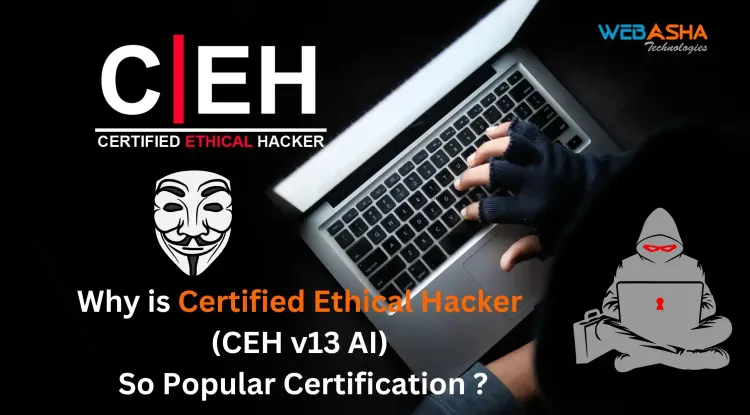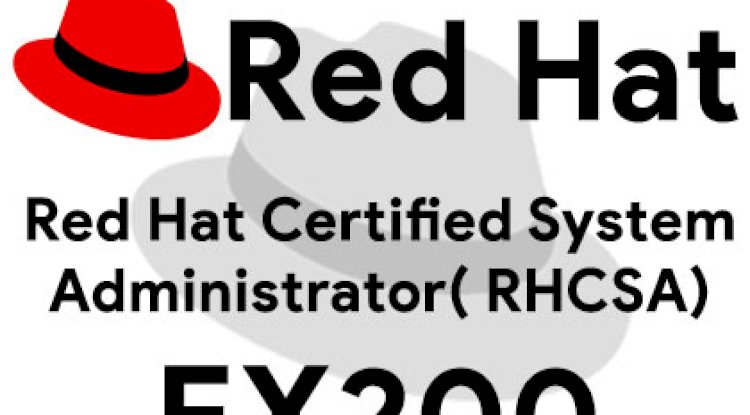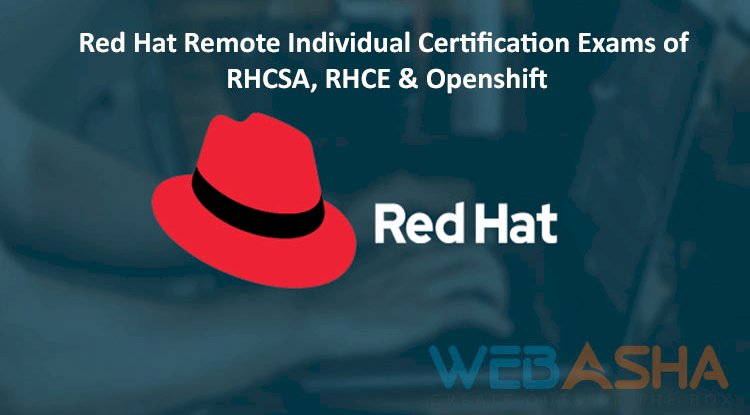The Invisible Shield | How Cybersecurity Tools in 2025 Are Protecting You from Hackers, Data Breaches, Ransomware, and Online Threats
In 2025, cybersecurity is not just a tech industry buzzword—it's a digital survival necessity. As cyber threats like ransomware, phishing, zero-day exploits, and deepfake impersonations grow more advanced, cybersecurity tools have evolved to provide powerful, real-time protection. From AI-powered threat detection and passwordless authentication to deception technologies and quantum-proof encryption, a new generation of cybersecurity solutions has emerged to safeguard personal, professional, and enterprise-level data. This blog explores how modern tools protect against online threats, the top cybersecurity innovations in 2025, and why everyone—from content creators to businesses—must prioritize digital safety.

Introduction: A New Age of Digital Defense
In 2025, your digital life is more exposed than ever—whether you’re browsing social media, shopping online, or working remotely. Behind the scenes, your sensitive data, browsing habits, financial details, and even conversations are constantly at risk from an army of cybercriminals, malicious bots, and state-sponsored hackers. This is where cybersecurity comes into play—a silent, powerful shield that safeguards your personal and professional world.
This blog explores how cybersecurity protects you in the modern age, the new tools introduced in 2025, and how both individuals and organizations can stay ahead of evolving cyber threats like ransomware, phishing, and zero-day exploits.
What Is Cybersecurity and Why Is It Essential in 2025?
Cybersecurity refers to the practices, technologies, and processes used to protect networks, devices, programs, and data from unauthorized access or criminal use. In 2025, the importance of cybersecurity has skyrocketed due to:
-
Increased reliance on cloud platforms and remote work.
-
AI-powered cyberattacks capable of mimicking human behavior.
-
The explosion of IoT devices and smart homes.
-
The growing threat of nation-state cyber warfare.
Without cybersecurity, every piece of your digital identity—from emails and photos to financial information—could be vulnerable to exploitation.
New Cybersecurity Tools and Trends in 2025
The cybersecurity landscape has evolved rapidly, with new tools and platforms designed to tackle modern threats. Here are the top additions in 2025:
1. AI-Powered Threat Detection Platforms
Tools like CrowdStrike Falcon Next-Gen and Darktrace 2025 use artificial intelligence to identify unusual behavior in real-time, stopping attacks before they escalate.
2. Deception Technology
Platforms like Illusive Networks and Smokescreen create fake systems and data to mislead attackers, allowing defenders to track and trap them without risking real assets.
3. Passwordless Authentication
New tools such as HYPR and Auth0 Passkeys eliminate the need for passwords by using biometrics and multi-factor authentication linked to trusted devices.
4. Quantum-Resistant Encryption
With quantum computing approaching viability, tools like Post-Quantum VPNs and NIST-approved cryptographic algorithms are already in use to secure data against future decryption.
5. Security Automation Frameworks
Solutions like SOAR (Security Orchestration, Automation, and Response) by Splunk and IBM automate incident responses to save time and reduce human error.
6. API Security Gateways
With APIs being major attack surfaces, tools like Salt Security and Noname Security have introduced API behavior analytics and real-time blocking mechanisms.
7. Zero Trust Architectures (ZTA)
New platforms like Zscaler ZTA 2.0 implement identity-first network protection, ensuring "never trust, always verify" is at the heart of every connection.
Common Threats Cybersecurity Fights Off in 2025
Phishing Attacks
Modern phishing emails now use AI-generated language to seem more authentic. Cybersecurity tools can filter out such emails before they even reach your inbox.
Ransomware
This remains a major threat in 2025. Cybersecurity tools monitor for ransomware behavior, instantly isolate infected machines, and use offline backups to restore data.
Zero-Day Exploits
These are vulnerabilities unknown to vendors. AI-based behavior monitoring tools detect suspicious activity and flag potential zero-day usage.
Deepfake and Identity Fraud
Modern solutions use deep learning algorithms to detect face and voice inconsistencies in real-time, protecting against impersonation.
Best Practices to Stay Cyber-Safe in 2025
-
Use multi-factor authentication on all accounts.
-
Regularly update software and devices.
-
Use endpoint protection tools like SentinelOne or Bitdefender.
-
Backup your data using encrypted cloud storage.
-
Avoid public Wi-Fi without a trusted VPN.
-
Don’t click on suspicious links or attachments.
The Role of Individuals and Organizations
Cybersecurity isn’t just an IT concern anymore. Whether you’re a digital creator, a remote worker, or a large enterprise, you must play your part:
-
Individuals should educate themselves and use personal cybersecurity tools.
-
Businesses must implement company-wide policies and regularly conduct penetration testing and security audits.
The Future: Where Cybersecurity Is Headed
In the coming years, cybersecurity will lean even more into AI, biometrics, blockchain-based identity verification, and autonomous threat response systems. With growing global cooperation and regulation, we may finally see a more proactive approach to cyber defense.
Conclusion
Your digital life in 2025 is always under potential threat—but with the right tools and awareness, it can be fully protected. The invisible shield of cybersecurity is no longer optional—it’s essential. Whether you’re securing a business, a content platform, or just your own data, investing in modern cyber defense tools is your first and best line of protection.
Stay updated. Stay secure.
FAQs
What is cybersecurity, and why is it more important than ever in 2025?
Cybersecurity refers to protecting systems, networks, and data from cyberattacks. In 2025, digital activity has increased drastically, making security a top priority to guard against sophisticated threats.
How do AI tools help in cybersecurity?
AI-driven tools analyze user behavior, detect anomalies, and block threats like phishing or ransomware before they can cause harm, often faster than human analysts.
What is a Zero Trust Architecture (ZTA)?
Zero Trust assumes no user or device is trustworthy by default. Every access request is verified, minimizing chances of unauthorized access or lateral movement by attackers.
Can quantum computing break current encryption?
Yes, but cybersecurity in 2025 includes quantum-resistant encryption tools that protect data even against future quantum-based threats.
What are the latest cybersecurity tools in 2025?
Top tools include Darktrace AI, CrowdStrike Falcon, Zscaler ZTA 2.0, Salt Security for APIs, and Auth0 Passkeys for passwordless login.
What is deception technology in cybersecurity?
It’s a strategy that uses decoys and fake systems to mislead hackers, letting defenders monitor and stop them before they access real data.
What is passwordless authentication, and is it safe?
Passwordless authentication uses biometrics or device-based approval instead of passwords, offering more secure and user-friendly protection.
How do ransomware attacks work?
Ransomware encrypts your files and demands payment to unlock them. Cybersecurity software now detects and isolates ransomware instantly.
Are antivirus programs enough in 2025?
Traditional antivirus is outdated alone. Today’s protection includes endpoint detection, AI analytics, and behavior-based threat detection.
What is endpoint security?
Endpoint security protects devices like laptops and phones from threats, especially useful in remote work environments.
Can cybersecurity protect against deepfakes?
Yes, tools now analyze face and voice patterns to detect manipulated content and prevent identity fraud.
How can individuals improve their cybersecurity?
Use 2FA, keep software updated, use strong passwords, avoid suspicious links, and install security software on all devices.
What is phishing and how is it evolving?
Phishing tricks users into revealing sensitive data. AI-generated emails in 2025 are more believable, making AI detection tools essential.
Can firewalls still protect against modern threats?
Firewalls help, but modern systems use advanced threat intelligence and real-time behavior monitoring to stay ahead of sophisticated attacks.
What is a CVE and why should you care?
A CVE (Common Vulnerabilities and Exposures) is a known flaw in software. Staying updated helps protect against these exploits.
How do cybersecurity tools detect zero-day attacks?
They monitor for unusual behavior or access patterns that suggest an unknown vulnerability is being exploited.
Is cloud storage secure in 2025?
Yes, with encryption, access control, and threat monitoring, modern cloud services are very secure if configured properly.
How do companies handle data breaches now?
Organizations use incident response teams, forensic tools, and public reporting to quickly contain and recover from breaches.
What is an intrusion detection system (IDS)?
An IDS monitors network traffic for suspicious behavior, alerting admins to possible breaches or unauthorized activity.
How does cybersecurity protect remote workers?
Through VPNs, endpoint protection, secure cloud access, and behavior tracking to ensure secure connections and data flow.
What is the role of encryption in cybersecurity?
Encryption scrambles data, making it unreadable to unauthorized users. It’s a core method for protecting sensitive information.
What are security patches, and why are they critical?
Patches fix software vulnerabilities. Regular updates close security gaps and prevent attackers from exploiting known flaws.
What are honeypots in cybersecurity?
Honeypots are decoy systems set up to attract and study hackers, helping defenders improve their defenses.
Can cybersecurity tools detect insider threats?
Yes, tools analyze behavior patterns and data access to flag unusual activity from internal users who may pose a risk.
What is multi-factor authentication (MFA)?
MFA adds a second layer of identity verification—like a code or biometric scan—beyond just a password.
Is social engineering still a major threat?
Absolutely. Attackers use manipulation to trick users. Training and awareness remain vital defense tools.
How are APIs protected in 2025?
API security platforms monitor and block malicious API calls using behavior analytics and real-time validation.
What are the top cybersecurity concerns for businesses today?
Data breaches, ransomware, insider threats, cloud misconfigurations, and supply chain attacks top the list.
How can I secure my smart home devices?
Use unique passwords, update firmware regularly, segment IoT devices from your main network, and monitor for unauthorized access.
What is SOC and why is it important?
A Security Operations Center (SOC) is a team or service that continuously monitors, detects, and responds to cybersecurity incidents.












![Top 10 Ethical Hackers in the World [2025]](https://www.webasha.com/blog/uploads/images/202408/image_100x75_66c2f983c207b.webp)

![[2025] Top 100+ VAPT Interview Questions and Answers](https://www.webasha.com/blog/uploads/images/image_100x75_6512b1e4b64f7.jpg)









